Title: Evaluating the Purchase Price of Ceramic Tiles: Unveiling Advantages and Disadvantages Introduction: Ceramic tiles have long been a popular choice for flooring and tiling projects, known for their durability, versatility, and aesthetic appeal. However, before investing in ceramic tiles, one crucial aspect to consider is the purchase price. Understanding the factors influencing these prices and weighing the advantages and disadvantages can help business owners and homeowners make informed decisions. This article aims to provide a comprehensive analysis of the purchase price of ceramic tiles, along with the associated pros and cons. Factors Influencing the Purchase Price: 1. Quality: The quality of ceramic tiles can vary greatly, with higher-quality tiles generally commanding a higher price. Factors such as the tile’s material, manufacturing process, and the reputation of the brand can significantly influence the price. 2. Size and Design: The size and design of ceramic tiles also play a role in determining their cost.
ceramic tile
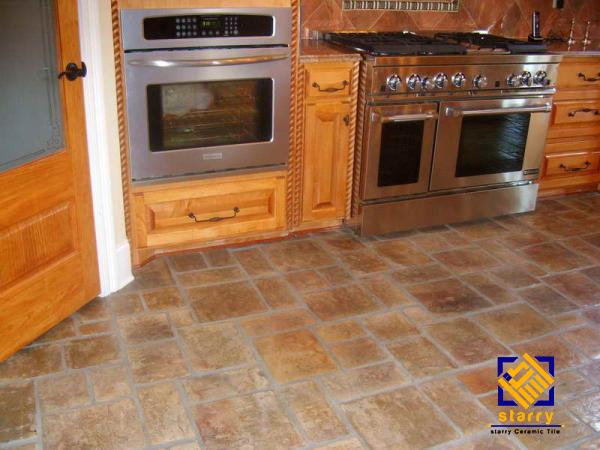 Larger tiles often come with a higher price tag due to the higher material and production costs. Similarly, intricately designed or customized tiles are usually more expensive. 3. Grade and Classification: Ceramic tiles are classified based on their durability, wear resistance, and suitability for different applications. Higher-grade tiles, which are more resistant to wear and tear, generally cost more. 4. Quantity: Purchasing tiles in larger quantities can often lead to bulk discounts, reducing the overall price per tile. Advantages of Ceramic Tiles: 1. Durability: Ceramic tiles are renowned for their durability, making them a wise long-term investment. They are resistant to scratches, stains, and moisture, making them ideal for high-traffic areas such as kitchens and bathrooms. 2. Easy Maintenance: Ceramic tiles are relatively easy to clean and maintain.
Larger tiles often come with a higher price tag due to the higher material and production costs. Similarly, intricately designed or customized tiles are usually more expensive. 3. Grade and Classification: Ceramic tiles are classified based on their durability, wear resistance, and suitability for different applications. Higher-grade tiles, which are more resistant to wear and tear, generally cost more. 4. Quantity: Purchasing tiles in larger quantities can often lead to bulk discounts, reducing the overall price per tile. Advantages of Ceramic Tiles: 1. Durability: Ceramic tiles are renowned for their durability, making them a wise long-term investment. They are resistant to scratches, stains, and moisture, making them ideal for high-traffic areas such as kitchens and bathrooms. 2. Easy Maintenance: Ceramic tiles are relatively easy to clean and maintain.
Specifications of ceramic tile
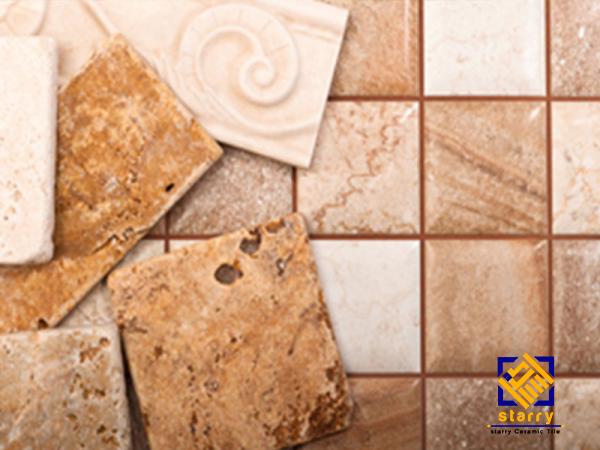 Regular sweeping or mopping is sufficient to keep them looking fresh and hygienic. 3. Versatility in Design: With a wide range of colors, patterns, and sizes available, ceramic tiles offer endless design possibilities. They can be effortlessly matched with any interior style or color scheme, allowing for creative expression. 4. Cost-Effective: While initial purchase costs may vary depending on the factors mentioned earlier, the overall lifespan and low maintenance requirements make ceramic tiles a cost-effective investment in the long run. Disadvantages of Ceramic Tiles: 1. Cold and Hard Surface: Ceramic tiles, especially in colder climates, can feel cold to touch and may not offer the same warmth and comfort as other flooring materials, such as carpet or wood. 2. Installation and Grout Maintenance: Ceramic tile installation can be labor-intensive, requiring professional expertise for optimal results.
Regular sweeping or mopping is sufficient to keep them looking fresh and hygienic. 3. Versatility in Design: With a wide range of colors, patterns, and sizes available, ceramic tiles offer endless design possibilities. They can be effortlessly matched with any interior style or color scheme, allowing for creative expression. 4. Cost-Effective: While initial purchase costs may vary depending on the factors mentioned earlier, the overall lifespan and low maintenance requirements make ceramic tiles a cost-effective investment in the long run. Disadvantages of Ceramic Tiles: 1. Cold and Hard Surface: Ceramic tiles, especially in colder climates, can feel cold to touch and may not offer the same warmth and comfort as other flooring materials, such as carpet or wood. 2. Installation and Grout Maintenance: Ceramic tile installation can be labor-intensive, requiring professional expertise for optimal results.
buy ceramic tile
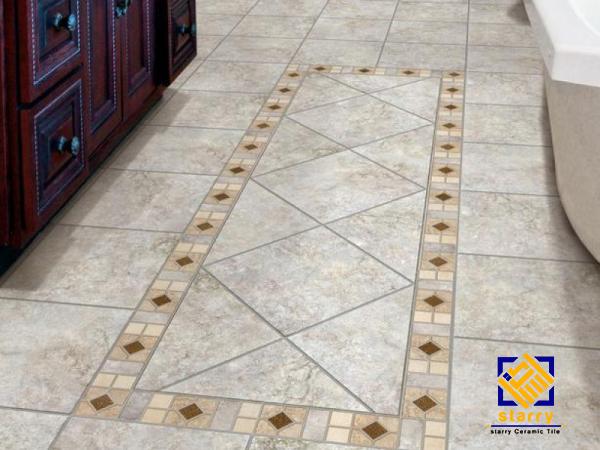 Additionally, grout maintenance, such as cleaning and resealing, is necessary to prevent staining or deterioration. 3. Risk of Cracking: Despite its durability, ceramic tiles can crack if heavy objects are dropped on them or if they are subjected to significant impact. These cracks may require replacement of the affected tiles. 4. Slippery Surface: Some ceramic tiles, particularly those with a glossy finish, can be slippery when wet. Extra caution should be taken in areas prone to moisture, such as bathrooms and kitchens. Conclusion: The purchase price of ceramic tiles can vary due to factors such as quality, size, design, and grade. By carefully considering these factors and evaluating the associated advantages and disadvantages, business owners and homeowners can make informed decisions about their tile investments. Ultimately, ceramic tiles offer durability, ease of maintenance, design versatility, and long-term cost-effectiveness, making them a popular choice for many tiling projects.
Additionally, grout maintenance, such as cleaning and resealing, is necessary to prevent staining or deterioration. 3. Risk of Cracking: Despite its durability, ceramic tiles can crack if heavy objects are dropped on them or if they are subjected to significant impact. These cracks may require replacement of the affected tiles. 4. Slippery Surface: Some ceramic tiles, particularly those with a glossy finish, can be slippery when wet. Extra caution should be taken in areas prone to moisture, such as bathrooms and kitchens. Conclusion: The purchase price of ceramic tiles can vary due to factors such as quality, size, design, and grade. By carefully considering these factors and evaluating the associated advantages and disadvantages, business owners and homeowners can make informed decisions about their tile investments. Ultimately, ceramic tiles offer durability, ease of maintenance, design versatility, and long-term cost-effectiveness, making them a popular choice for many tiling projects.
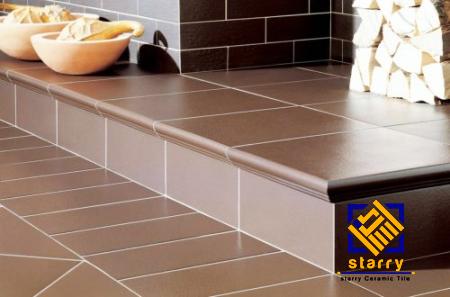
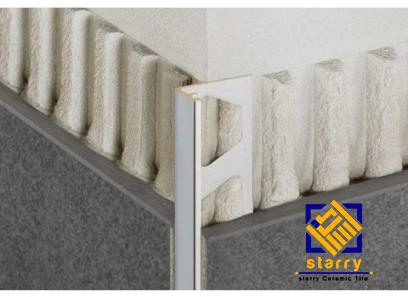


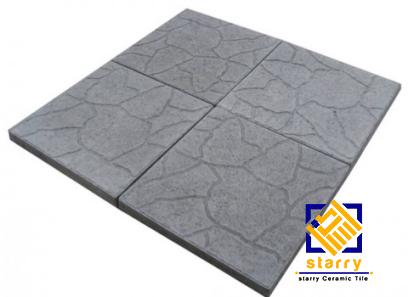




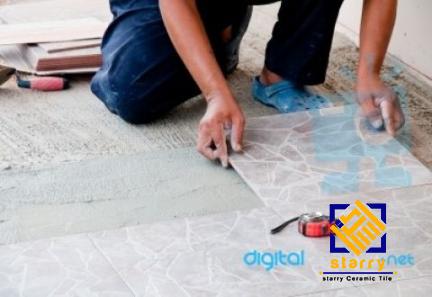
Your comment submitted.